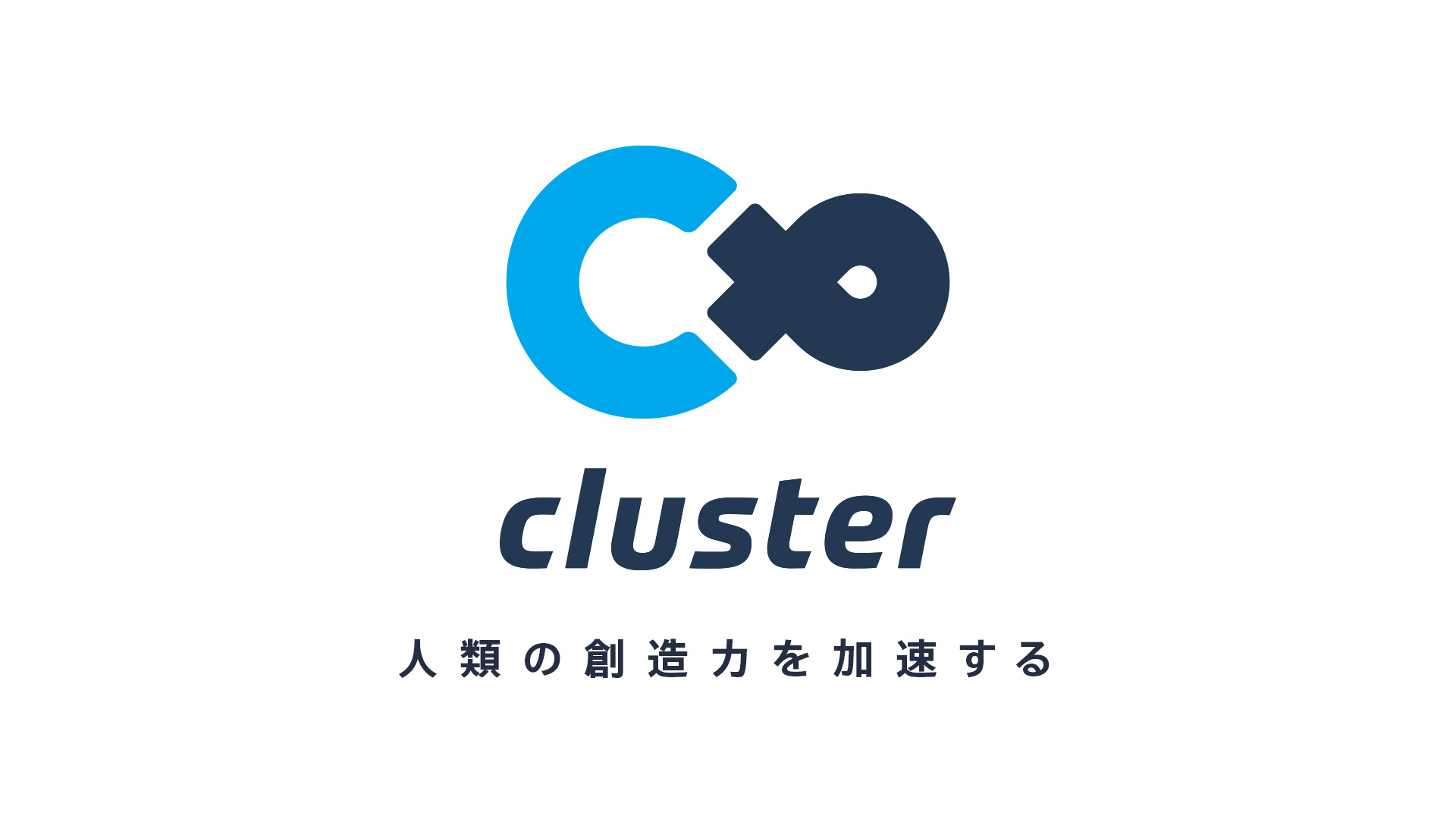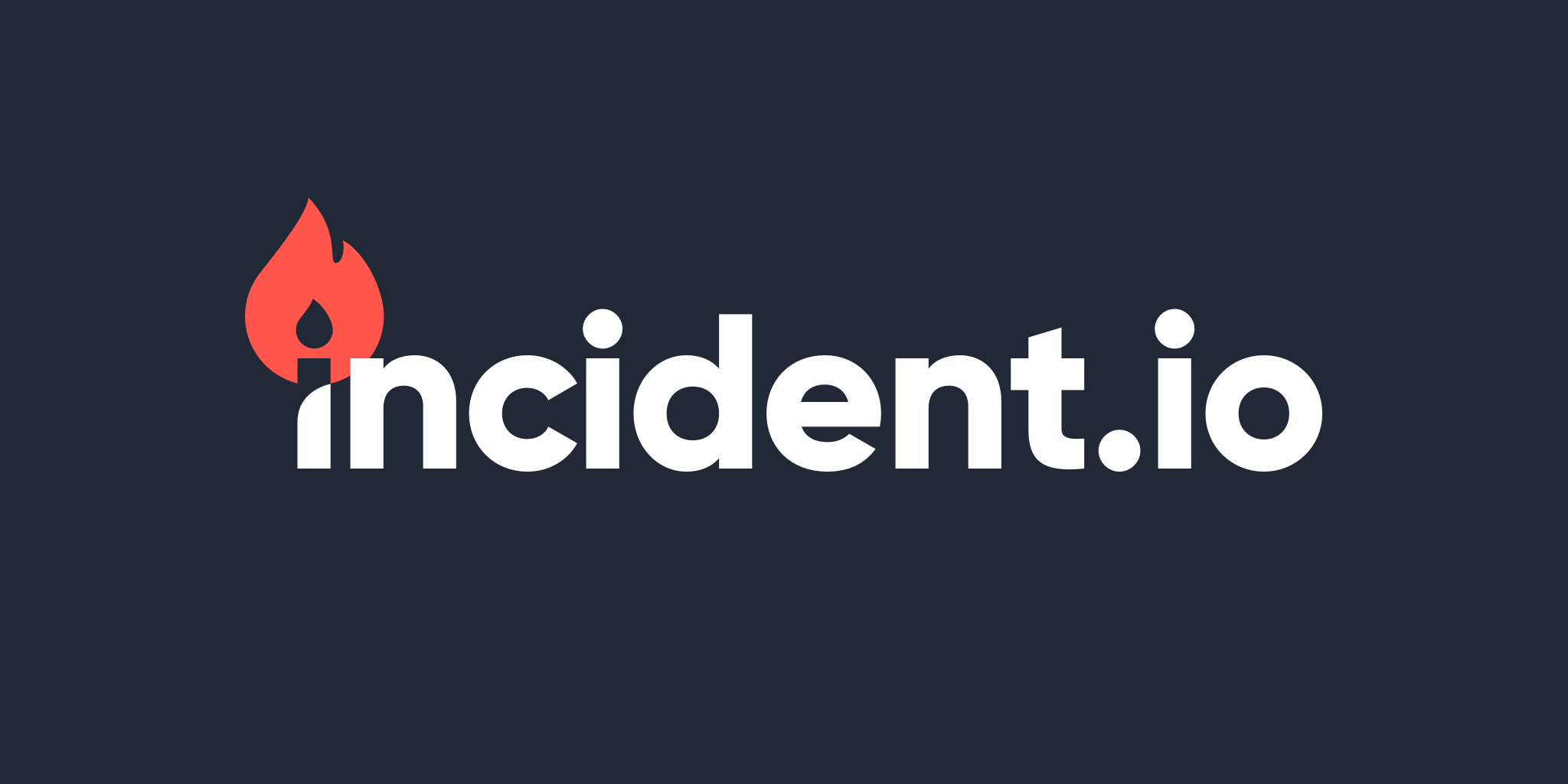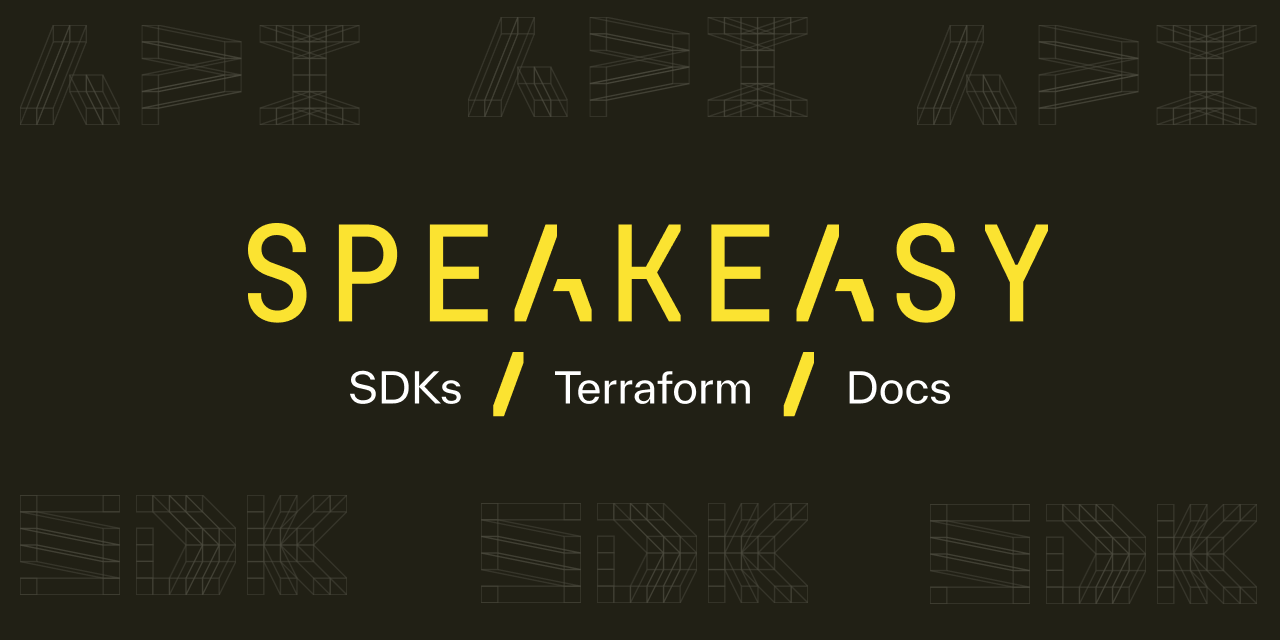Build AI Agents The Goa Way
Bring the design-first philosophy to agentic systems. Define agents, tools, and policies with a powerful DSL. Get type-safe code, structured streaming, and production-ready durability.

Design First!
Stop writing boilerplate. Start designing solutions that matter.Let Goa handle the rest.
Why Teams Choose Goa
Development at Speed
Slash development time with automatic code generation. 30-50% less code to write, test, and maintain means faster time to market.
Zero Boilerplate
No more copy-pasting handlers and middleware. Focus on your business logic while Goa handles the rest.
Production Ready
Used by companies worldwide to build and scale their APIs. Battle-tested, performant, and reliable.
Sponsors
Use our platform to empower your team to run incidents end-to-end.
Rapidly fix and learn from incidents, so you can build more resilient products.
Our platform makes it easy to create feature-rich production ready SDKs.
Speed up integrations and reduce errors by giving your API the DevEx it deserves.
Trusted by Engineering Teams Worldwide
Join the growing community of companies using Goa to build robust and maintainable APIs





